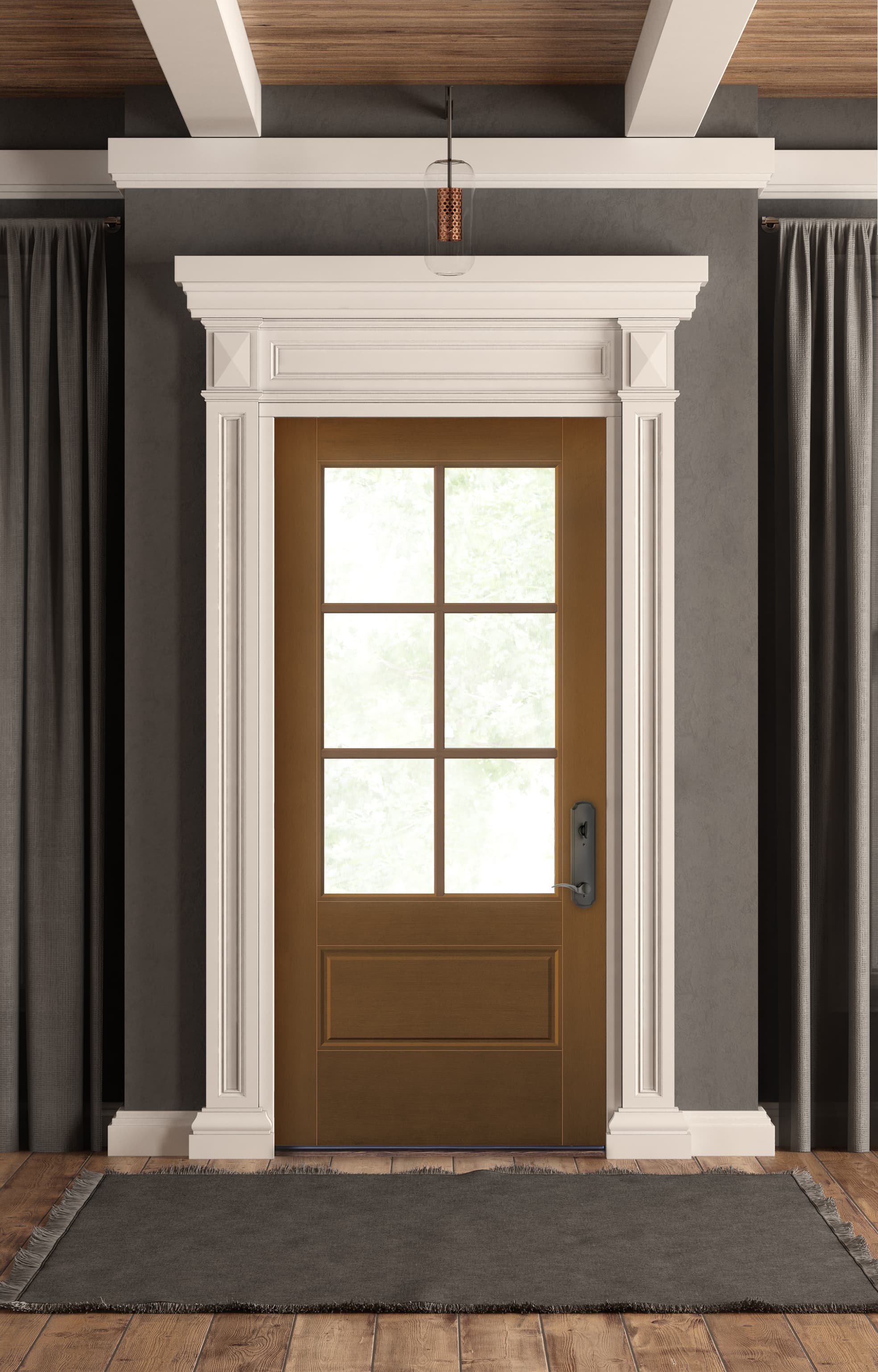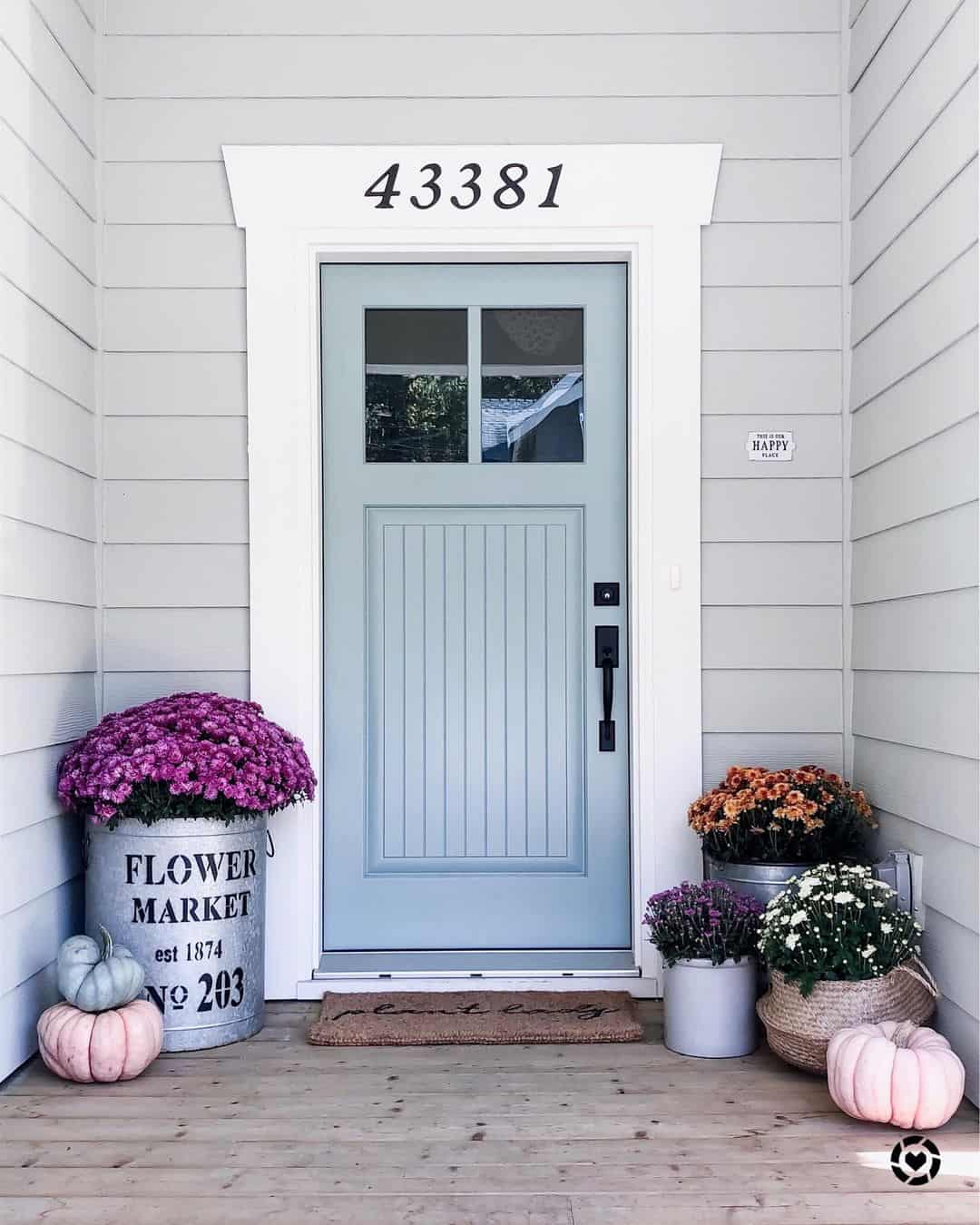There’s something utterly enchanting about a well-decorated front door. It sets the tone for your entire home, welcoming guests and reflecting your unique style. One of the easiest ways to elevate your entryway’s aesthetic is by adding decorative front door trim. In this comprehensive guide, we’ll explore various styles, materials, and tips to make your door truly stand out. Let’s dive in!
What is Decorative Front Door Trim?
Decorative front door trim refers to the aesthetic elements that frame your front door, enhancing its appearance and adding character to your home’s exterior. It can range from simple moldings to intricate designs, improving not just the visual appeal but also the overall value of your property.
The Role of Decorative Trim in Home Design
From Craftsman to Colonial, the architectural style of your home plays a crucial role in determining the type of front door trim that will work best. Decorative trim not only beautifies your entrance but also serves functional purposes like protecting against the elements.
Popular Styles of Decorative Front Door Trim
When it comes to decorative front door trim, there are numerous styles to choose from. Each style adds its unique touch to your entryway. Below, we explore the most popular styles:
1. Traditional Trim
- Characteristics: This style features classic, timeless designs often found in Colonial-style homes.
- Materials: Wood, PVC, or composite materials.
- Example: Crown moldings, simple casings.

2. Craftsman Trim
- Characteristics: Known for its sturdy and natural look, Craftsman trim often includes built-up elements and exposed joints.
- Materials: Typically wood, sometimes painted in earthy tones.
- Example: Wide backbands and flat casing.
3. Modern Trim
- Characteristics: Clean lines, minimalistic design, and innovative shapes are hallmarks of modern trims.
- Materials: Metal, fiberglass, or painted wood.
- Example: Geometric designs.

4. Victorian Trim
- Characteristics: Intricate and ornate patterns, often featuring curvy and elaborate designs.
- Materials: Typically wood, though PVC can mimic these styles.
- Example: Carved details and bracketed supports.
Choosing the Right Material for Your Decorative Trim
The choice of material can significantly impact the look and durability of your front door trim. Here’s a breakdown of common materials and their pros and cons:

| Material | Pros | Cons |
|---|---|---|
| Wood | Classic look, easy to paint or stain | Prone to rot and insect damage |
| PVC | Durable, low maintenance | Can look less authentic |
| Composite | Resistant to weather, looks like wood | Can be expensive |
| Metal | Highly durable, modern look | Can be prone to dents |
Benefits of Decorative Front Door Trim
Decorative front door trim comes with a plethora of advantages that go beyond aesthetics:
- Enhanced Curb Appeal: A well-trimmed door instantly attracts attention and improves the overall look of your home.
- Increased Property Value: Investing in quality trim can raise your home’s resale value.
- Personalization: Trim allows homeowners to express their style and create a unique entrance.
- Protection: Trim can help shield your door from weather damage and pests.

Personal Experience: My Home Transformation
When I moved into my home, the entryway was bland and uninviting. I decided to invest in decorative front door trim, and the difference was astounding! I opted for a Craftsman-style trim, choosing rich wood that complemented my home’s earthy tones. This small change not only brightened my entryway but also made inviting guests a pleasure. Now, my door feels like a grand entrance rather than just a passage point.
Tips for Installing Decorative Front Door Trim
Thinking of tackling the installation yourself? Here are some tips to ensure you get it right:

1. Measure Twice, Cut Once
Accurate measurements are crucial. Take your time measuring the door frame and ensure your trim fits perfectly.
2. Choose the Right Tools
You’ll typically need a miter saw, level, and nail gun. Ensure you have all necessary tools ready before starting.

3. Use Quality Adhesives
For added durability, use high-quality wood glue along with nails, especially in corners.
4. Finish Like a Pro
Whether painting or staining, take your time to achieve a smooth and professional look. Don’t rush the finishing process!
Decorative Trim Maintenance Tips
Once your trim is installed, proper maintenance is key to keeping it looking its best:
1. Regular Cleaning
Dust and dirt can accumulate on trim. Wipe it down with a damp cloth regularly to keep it clean.
2. Inspect for Damage
Check for any signs of rot or damage, especially if it’s wooden trim. Early detection can save you from costly repairs later.
3. Repaint or Restain as Needed
Depending on the material, you may need to repaint or restain your trim every few years to maintain its appearance.
FAQs About Decorative Front Door Trim
1. What types of paint should I use for my decorative trim?
It’s best to use exterior-grade paint or stain that can withstand weather conditions. Make sure it’s suitable for the specific material of your trim.
2. Can I install decorative trim over existing trim?
Yes, you can install new trim over existing trim as long as the old trim is in good condition and securely attached.
3. How much does decorative front door trim cost?
Costs can vary widely based on materials and labor. Budget anywhere from $100 to $1,000 or more, depending on your choices.
4. Is it difficult to install decorative trim myself?
With the right tools and some basic DIY skills, many homeowners find they can successfully install trim themselves. Resources like online tutorials can be quite helpful.
5. What styles of trim are best for modern homes?
For modern homes, sleek and minimalistic styles using materials like metal or smooth, painted wood are ideal. Geometric patterns are also popular.
Conclusion: Elevate Your Home’s Charm with Decorative Front Door Trim
Investing in decorative front door trim can fundamentally change the look of your home. With styles ranging from classic to contemporary, you can find the perfect match for your taste. Whether you’re enhancing your current door or starting from scratch, decorative trim is an exciting opportunity to express your individuality and boost your home’s curb appeal.
Ready to transform your front door? Dive into the world of decorative trim, and let your home reflect who you are.